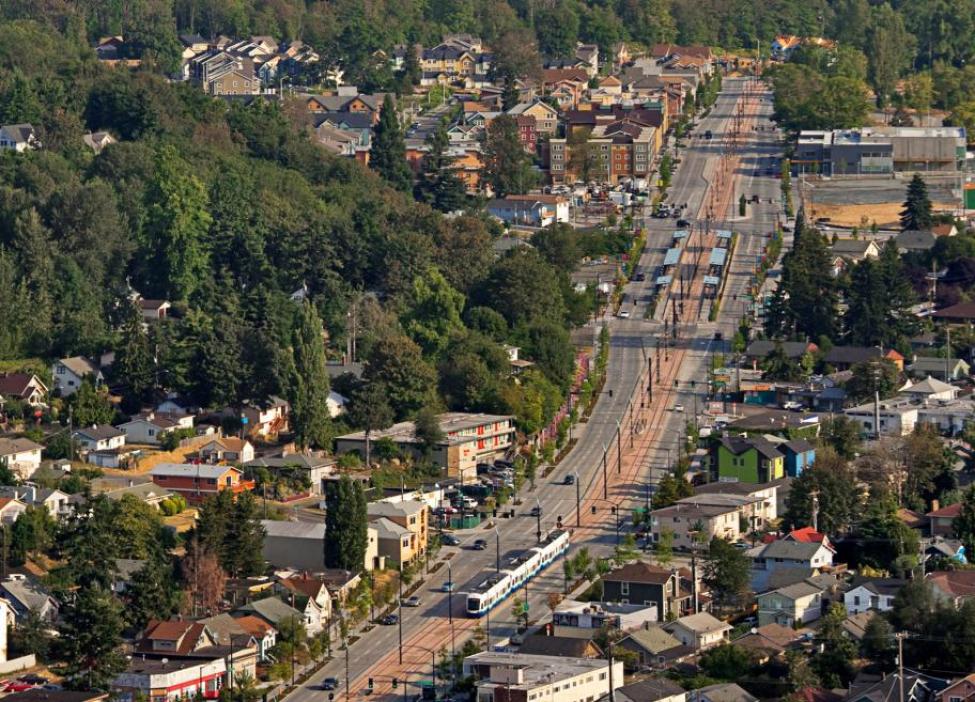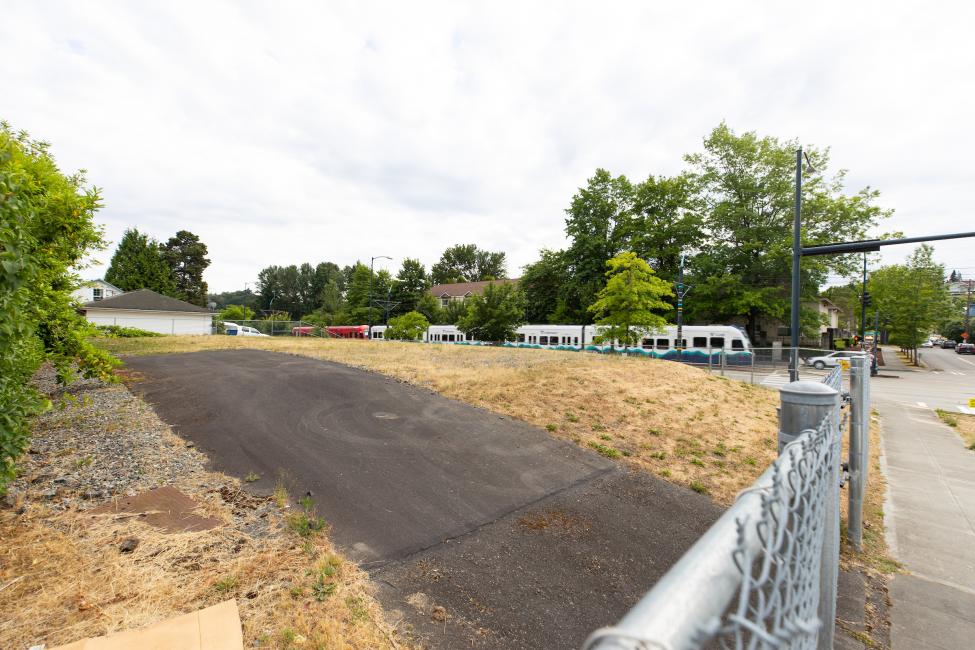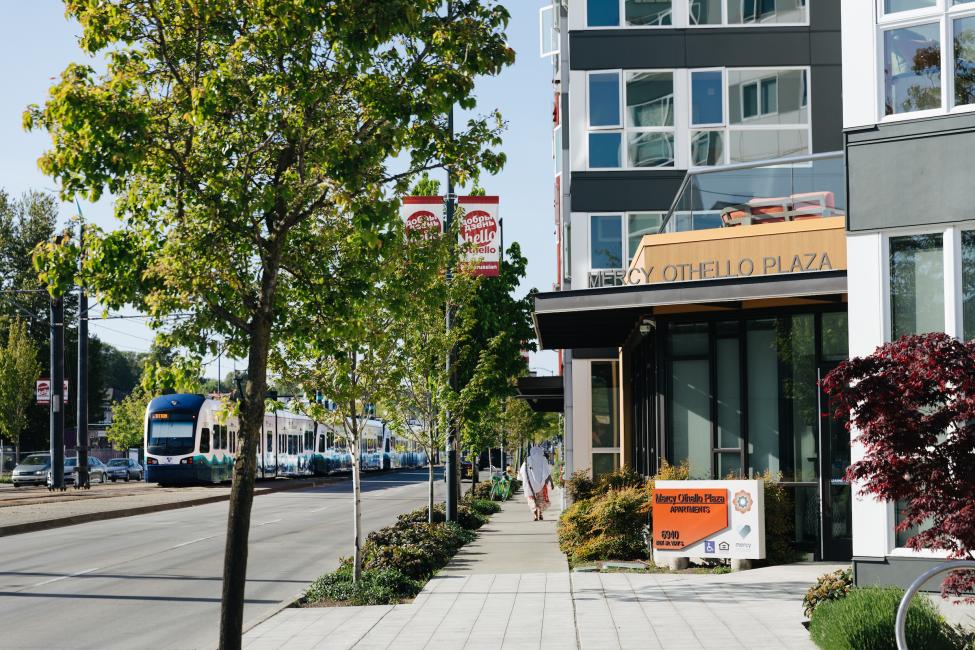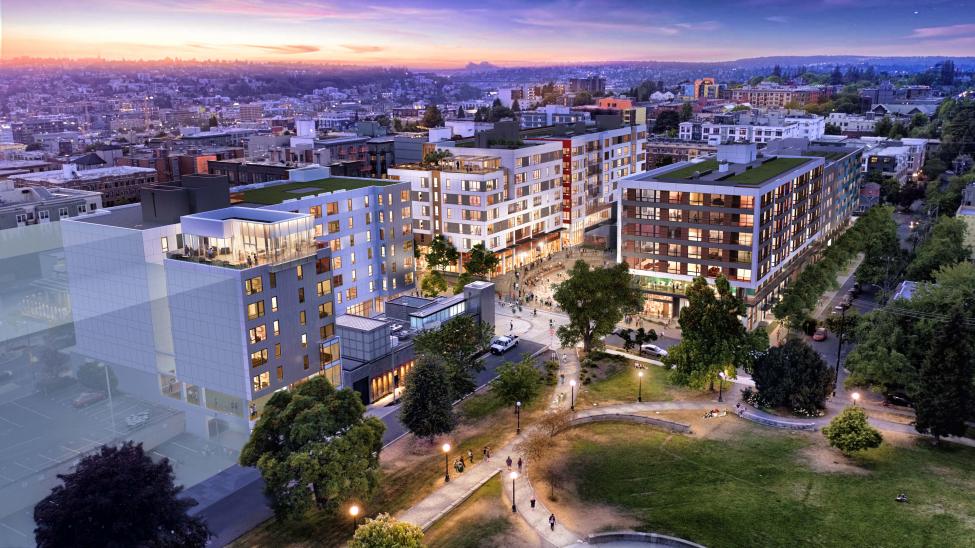Sound Transit and the Seattle Office of Housing want to hear your priorities for the next chapter of development near the Mount Baker, Columbia City and Othello Link light rail stations.
Over the years, Sound Transit needed to buy land to build and operate our system, including properties in the Rainier Valley.
But when properties are no longer needed for transit use, they become surplus and are prime for what’s called “transit-oriented development,” or TOD.
TOD leverages our region’s transit investments to provide housing development options, create walkable communities, improve access to jobs and increase ridership.
Sound Transit and the Seattle Office of Housing are exploring opportunities to make 12 surplus sites in Rainier Valley available for the development of affordable homes for purchase.
Tell us your priorities for Rainier Valley properties
This summer we are engaging the community and gathering input on what types of affordable home ownership developments work best on these properties and which sites to prioritize.
The goal is to develop a plan for these sites by early 2020. Design and construction could begin in 2021.
An evolving approach to TOD
Sound Transit’s approach to TOD has changed over time, said Brooke Belman, deputy executive director for land use planning and development.
We’ve learned a lot,” Belman said. “We’re always looking back to look forward.
When the first 14 miles of light rail opened from downtown Seattle to Tukwila in July 2009, the agency began the process to develop the surplus parcels we owned during or after the line was up and running.
The expansion of Link light rail presents exciting development opportunities around the region – and an opportunity to plan ahead.
Equitable transit-oriented development became an agency priority leading up to the Sound Transit 3 vote with direction to implement a regional, equitable TOD strategy for vibrant, diverse, mixed-use, mixed income communities within station areas.
Under the new approach adopted by the Sound Transit Board, planning for development on the properties we may own near our stations is integrated it into all phases, starting with early design.
Planning ahead can provide opportunities for thoughtful development that supports vibrant and diverse station areas with a goal of minimizing displacement, Belman said.
“Affordable housing at our stations provides regional access to education, employment and healthcare centers, without needing a car,” Belman noted. “We have a responsibility to prioritize affordability, so people don’t get priced out of their neighborhoods, and nurses, firefighters and teachers can stay in the communities they serve.”
Legislation passed in 2015 requires Sound Transit to offer 80 percent of surplus property suitable for housing first to affordable housing developers, who in turn must agree to offer 80 percent of their units to families making 80 percent or less of the Area Median Income (AMI).
This equitable development direction also emphasizes partnerships and joint and co-development opportunities.
One of the success stories from the first 10 years of Link service is the Othello Plaza community from Mercy Housing with 108 apartments featuring a mix of two and three-bedroom options.
The building sits on land adjacent to the Othello light rail station in Rainier Valley that was used for construction staging while the line was built. It offers affordable housing units for households earning $18,000-$55,000 per year.
Another project was done with the nonprofit ArtSpace organization. It’s a mixed-use development, with 57 rental units of affordable live/work space for artists and their families, just steps from Mt. Baker Station.
Our approach to equitable development is not limited to areas around light rail stations.
Senior City, a 62-unit affordable housing development, was built in 2010 by the Korean Women's Association adjacent to the Federal Way Transit Center, a hub for local and regional express bus lines.
Looking forward
Sound Transit is now in the process of helping create new communities at Capitol Hill Station, Roosevelt Station, First Hill, Columbia City Station, Angle Lake Station and in Bellevue’s Spring District.
The Roosevelt neighborhood has the distinction of being the agency’s first “YIMFY” neighborhood by advocating for the station to be located in the heart of their community instead of along I-5. YIMFY stands for “Yes in my front yard!”
The community and city partnered with Sound Transit on selecting the development team of Bellwether Housing and Mercy Housing NW to add at least 230 affordable housing units to people making 60 percent AMI or below. This opening of this development is closely aligned with the opening of the station in 2021.
The First Hill development will be the first affordable high rise built in Seattle in the last 50 years.
These are larger and more consolidated projects than the one planned for Rainier Valley, though there will be other opportunities for development along the existing light rail line.
Sound Transit, along with King County, the University of Washington and the city of Seattle, are reviewing property they own in the Mt. Baker station area and considering how it can be developed to support the overall community.
And up on Capitol Hill, construction is well underway on four buildings that include 42 percent affordability across all sites, a public plaza that will compliment Cal Anderson Park and serve as a permanent home to the Capitol Hill Farmer’s Market, a daycare and a community gathering space. These sites will open in 2020.
Along with the agency TOD policy, which is to “engage private, public and nonprofit partners in redevelopment of agency owned property no longer needed for transit uses,” Sound Transit also has a community TOD policy directive to coordinate with and support planning and development activities within a half mile of station areas, creating vibrant neighborhoods with direct access to transit.
“It’s not just about transit, it’s about placemaking,” Belman said.



